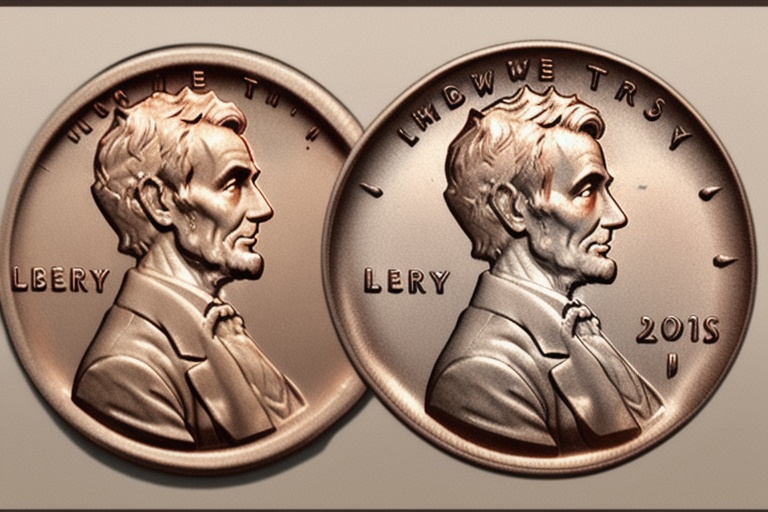Understanding the intricacies of coin grading can significantly enhance a collector's ability to evaluate and appreciate the value and condition of their coins. With three decades of coin collecting and dealing expertise, we strive to provide insights that can empower collectors with the knowledge to make smart acquisitions. To simplify what can often be perceived as a complex topic, we'll explore the ubiquitous 70-point grading scale, which possesses the consensus of the numismatic community.
Understanding the intricacies of coin grading can significantly enhance a collector's ability to evaluate and appreciate the value and condition of their coins. With three decades of coin collecting and dealing expertise, we strive to provide insights that can empower collectors with the knowledge to make smart acquisitions. To simplify what can often be perceived as a complex topic, we'll explore the ubiquitous 70-point grading scale, which possesses the consensus of the numismatic community.
The 70-Point Grading Scale: An Overview
The 70-point scale utilized for grading coins is a nuanced system that quantifies the state of a coin from its condition in circulation to its pristine, minted glory. The scale begins at 1, indicating a coin in the poorest condition, and culminates at a perfect 70, reserved for coins in flawless mint state.
Dissecting the Grading Terms
Let's navigate through the grading scale to explicate the key grading categories and the condition they represent.
Poor (1): The coin is barely identifiable, with the design and lettering nearly obliterated. Collectors might only consider these coins for their historical significance or extreme rarity.
Fair (2): While still heavily worn, these coins have discernible type and date, making them slightly more desirable than those in 'Poor' condition.
About Good (3): A grade up from 'Fair', these coins show excessive wear but maintain most major features, including the type and date.
Good (4): Characterized by heavily worn surfaces, coins in 'Good' condition retain full rims with major designs and features visible but flattened.
Very Good (8): Significant wear and tear remain, but coins at this level showcase clearer details, with more elements like legends and date becoming legible.
Fine (12): A 'Fine' coin will display moderate, even wear, though much of the original design and its finer points remain intact.
Very Fine (20): These coins have cleaner rims, more precise details, and less wear on the design's higher areas.
Extremely Fine (40): This grade begins to attract discerning collectors, as coins here have only light wear and retain most of their original details.
About Uncirculated (50-58): These coins have minimal wear, mostly confined to the highest points of the design. The aesthetics start playing a more significant role in their valuation at this level.
Mint State (60-70): Ranging from 'Mint State Basal' to 'Perfect Mint State', coins in the 'MS' category haven't been circulated and show no signs of wear. Grade determinants here include luster quality, striking sharpness, and presence of contact marks or blemishes.
The Nuances of Mint State
It's important to recognize the subtle differences as we climb the 'MS' grades:
Mint State Basal (60): This denotes the baseline uncirculated condition, where minute imperfections from striking, handling, or contact with other coins exist.
Mint State (61-69): These grades reflect coins with fewer imperfections and better preservation of luster, with higher numbers indicating superior eye appeal and fewer detractions.
Perfect Mint State (70): Reserved for coins that are immaculate under magnification. They possess no post-production imperfections that detract from their appeal.
Why Does the Scale Peak at 70?
The scale's upper limit of 70 is rooted in historical context. Conceived by Dr. William Herbert Sheldon, the scale was intended to correlate the physical condition of early American copper coins to their market value. According to his studies, a mint state coin could fetch 70 times the value of one in baseline condition. Over time, this structure was adapted to encompass all coinage due to its practicality.
Coin Grading is an Art and Science
Developing a keen eye for coin grading is an ongoing process, one that demands a detailed examination and an understanding of numismatic history and practices. Mastery of coin grading elevates the hobbyist to a well-informed collector capable of making strategic and fulfilling additions to their collection.
As we continue to delve into the world of numismatics in future posts, we'll provide more in-depth perspectives on various aspects of coin collecting. Whether you're an experienced collector or a newcomer eager to learn, this guide serves as a starting point for your coin grading education. For further exploration of our catalog or assistance with appraisals, we welcome your inquiries. Embrace the journey of discovery in coin collecting, and let the pursuit of numismatic knowledge enrich your collecting endeavors.
Information for this article was gathered from the following source.

